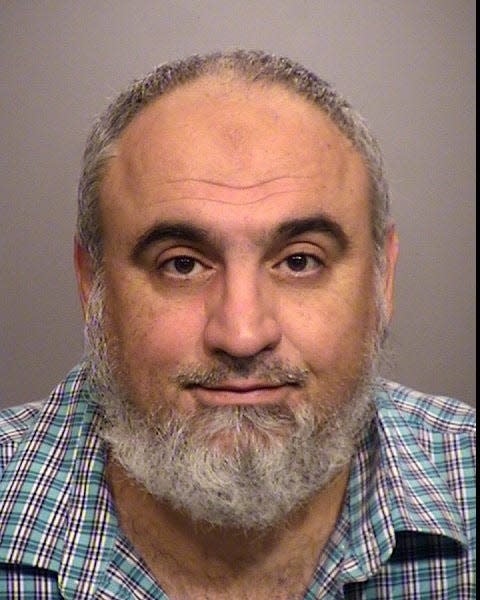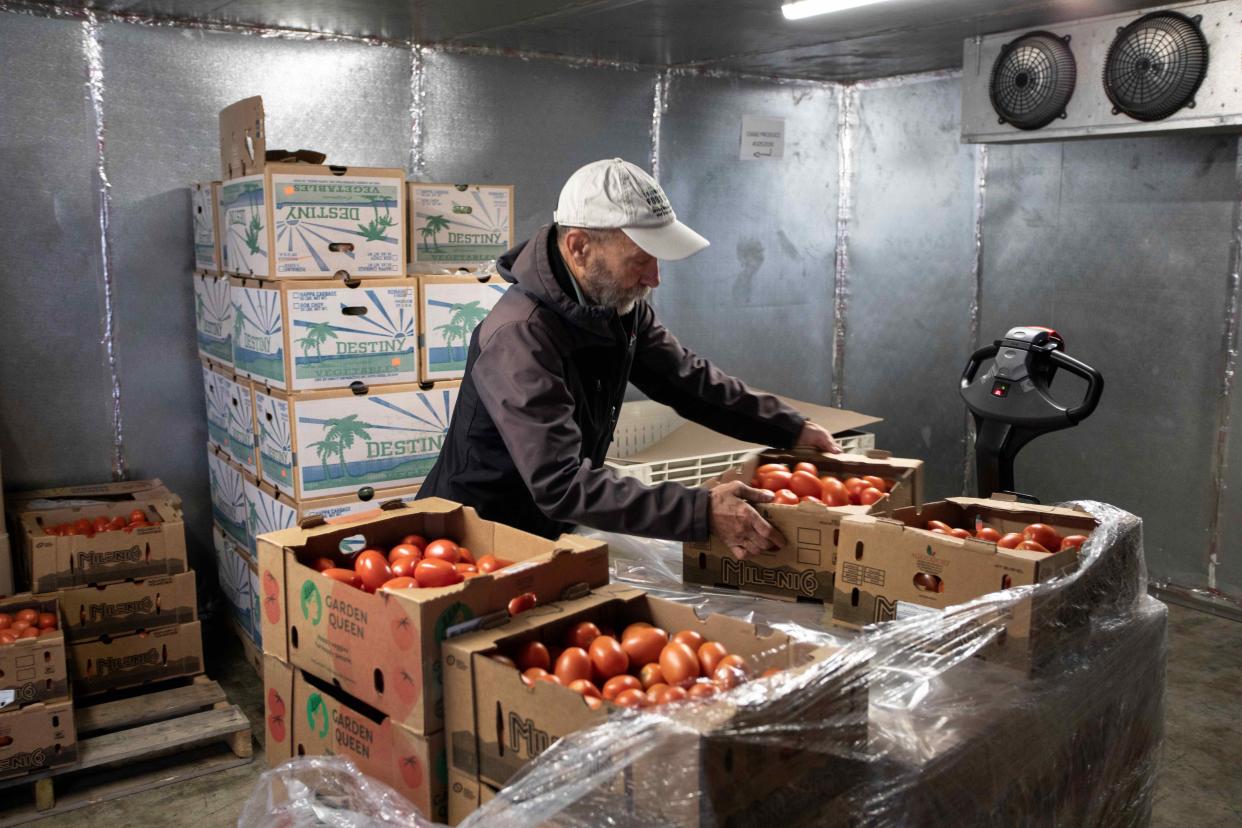Toys that spy on children are a growing threat, according to the U.S. Public Interest Research Group which published a report Thursday covering the dangers of certain products as well as purchases of recalled toys.
"Smart toys" specifically, are causing concern and the industry isn't slowing down. The global market for smart toys grew to $16.7 million this year, from $14.1 million in 2022, according to a large market research firm, and is expected to at least double by 2027.
Before purchasing that "must have" smart toy on your child's Christmas wish list, here's what to know about the risks.
AI ChatGPT-powered smart toys: How to keep your kids safe this holiday
Risks of AI-enabled toys and smart toys
With the incredible growth of artificial intelligence, has come unexplored threats. As researchers continue to gather information, here's what to know about the potential of these toys according to the PIRG.
AI-enabled toys with a camera of microphone may be able to assess a child's reactions using facial expressions or voice inflection, allowing the toy to try to form a relationship with the child
AI-enabled toys may gather and share information that could risk a child's safety
Some smart toys can collect data on your child and transmit it to a company’s external servers
Smart toys can collect, store and use a lot of data about children
Smart toys microphones and cameras can pose safety concerns
Breaches and hacks can expose children's data
In-app purchases can cost parents money
Smart toys may gather data on children and use it for marketing
Platforms may include inappropriate content for download
Smart toys may hinder the development of young children
“Parents and caregivers should understand the toy’s features,” Samuel Levine, director of the Bureau of Consumer Protection at the Federal Trade Commission (FTC) shared with the PIRG.
According to Levine, parents should ask these two questions:
Does the toy allow the child to connect to the internet and send emails or connect to social media?
Does it have a microphone or camera? If so, when will it record, and will you know it’s recording?
New bill for social media: Kids under 13 would be banned. Here's what parents want.
Other questions parents should ask before making a purchase
The PIRG has its own checklist on what to note about a toy before purchasing. Check the parent safety controls and read the fine print, but also ask yourself:
Does it have a microphone?
Does it have a camera?
Does it connect to Wi-Fi?
Does it connect to Bluetooth?
Does it collect personal information on a child under 13-years-old?
Does it collect data on anyone of any age?
Is there a privacy policy?
Does it have an app?
Does it allow your child to spend money?
 Instead of simply listening to secrets, the new Hello Barbie doll can talk back.
Instead of simply listening to secrets, the new Hello Barbie doll can talk back.
Advocates started sounding the alarm in 2016
Warnings started in 2016 after Fisher Price’s Smart Toy Bear, created for children ages 3 through 8 as “an interactive learning friend that talks, listens, and remembers" was found with a security flaw that potentially allowed hackers to collect information on kids.
That same year, Hello Barbie, Mattel’s Internet-connected iconic doll, left computer security researchers spinning when the app was accused of letting "hackers eavesdrop on communications between it and the cloud servers it connects to," Fortune reported.
The Senate published an extensive report right before Christmas in 2016, outlining just how bad these privacy concerns were. Most recently, this past spring, the Federal Trade Commission and the Department of Justice accused Amazon of violating children's privacy laws when it refused to delete voice recordings of children who had used its Alexa service. Amazon was also accused of gathering geolocation data on kids.
Search: USA TODAY's database of recalled products, toys
Recalled toys keep being purchased
One of the most urgent issues raised in the PIRG report relates to parents buying toys online, or purchasing them second-hand, without knowing whether the toy has been recalled for any reason. There are ways to know.
This article originally appeared on USA TODAY: Toys that spy on children are a growing concern: report

























